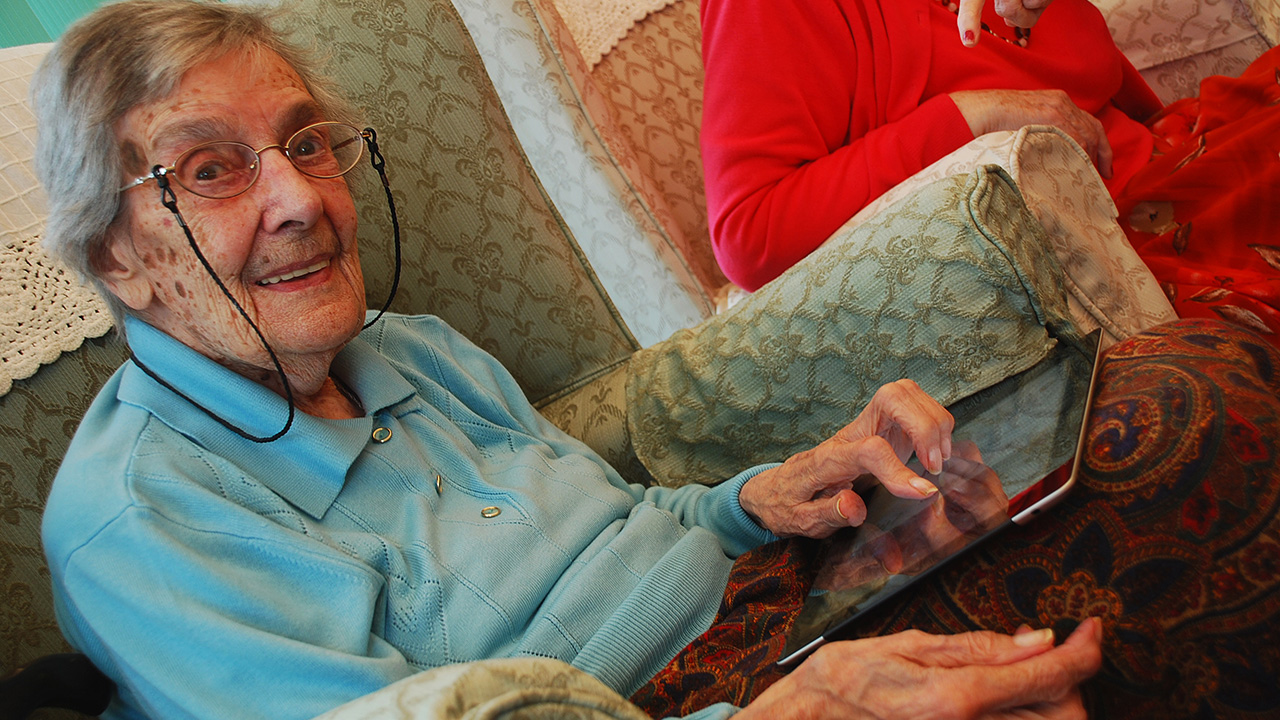How to cater well for people in care homes
One of the most important factors that can affect the happiness of a care home is the quality of the food the home provides. Food not only fuels people, but is also one of the great pleasures in life. That shouldn’t change just because you happen to be living in a care home.
Nutrition and Hydration Week in Care Homes
In March this year, care homes across the UK took part in Nutrition and Hydration Week, a joint initiative between the Hospital Caterers Association, the National Association of Care Catering and Patient Safety Domain NHS England.
Designed to focus attention on nutrition and hydration as an important part of quality care, the week gained the support of care homes nationwide.
The range of events was very broad, ranging from meals with a distinctly Irish theme (to coincide with St. Patrick’s Day) to a full four-course supper. At one care home in Eastbourne, guest of honour was celebrity chef Rosemary Shrager, star of such shows as ‘Ladette to Lady’ and ‘Soapstar Superchef’.
What is Dysphagia and how can it be managed?
A common feature of all events at Sunrise homes was a demonstration of food prepared for people living with dysphagia. Dysphagia is the medical term for difficulty with swallowing. The condition, clearly, can have a very negative effect on nutrition by making it difficult for people to obtain all of the nutrients they need.
Although there are some treatments available – such as speech therapy techniques, which can help people to swallow food more easily – they are not effective for everyone. Consequently, the use of pureed foods is a standard way of preparing foodfor people living with dysphagia, enabling them to swallow.
The only problem is that pureed food can be less than appetising to look at. Chefs at Sunrise care homes demonstrated that – using specialist equipment and techniques – food can be formed into shapes which resemble ‘real’, non-pureed food. “If food looks attractive, you’re more likely to want to eat it,” explains Chris Dean, Regional Director of Dining for Sunrise in the UK.
Why don’t people in care homes want to eat?
Dysphagia, however, is only one of the challenges faced by care home dining teams.
“As we get older our metabolism slows down and we lose muscle mass. This means that, in broad terms, we need to consume fewer calories, or to exercise more to maintain our weight. But, a lack of appetite may not always be to do with someone’s age. Sometimes, it’s a warning sign,” says Sophie Murray, Sunrise’s Head of Nutrition and Hydration.
“It is very important to understand fully why a person doesn’t wish to eat. Is there a digestive issue or a dental problem? Maybe the person has started to encounter problems with their dexterity? It may be an emotional cause, which needs to be better understood, or the time at which meals are being served. Or, it may be as simple as not fancying the offering on the day. Presentation and portion size may also be a factor. For those with advanced dementia, it may be difficult to coordinate the use of a knife and fork and different foods on the plate.”
How to entice residents in care homes to eat
“The key to good nutrition – like the key to good care,” says Sophie, “is to focus on the specific needs of each individual resident and to make sure they are met.”
In many ways, this is the same challenge which is faced by any good restaurant – preparing food that diners like, cooked in ways that they appreciate.
Unlike most restaurants, of course, the kitchen also has to take into account the fact that they’re serving the same customers every day. So, variety is important too. And, just as importantly, care home chefs need to have a very clear understanding of the many different dietary needs of those customers. In homes dedicated to caring for people living with dementia, for example, residents should be able to help themselves to drinks and snacks from hydration and nutrition stations that are constantly topped up through the day.
As well as all the usual allergies – gluten, nuts and so on- a care home chef has to take into account residents have specific requirements. Some diets will need to counter weight loss, for example, while another resident will have a specific requirement, such as low sodium.
Basically, this means that the chefs in a care home are doing much more than providing a choice of meals for breakfast, lunch and dinner. They are integral to the wellbeing – both physical and emotional – of residents.
Steve Coxon is a freelance writer. When he’s not cooking at home in Devon, he can be found walking the moors.












